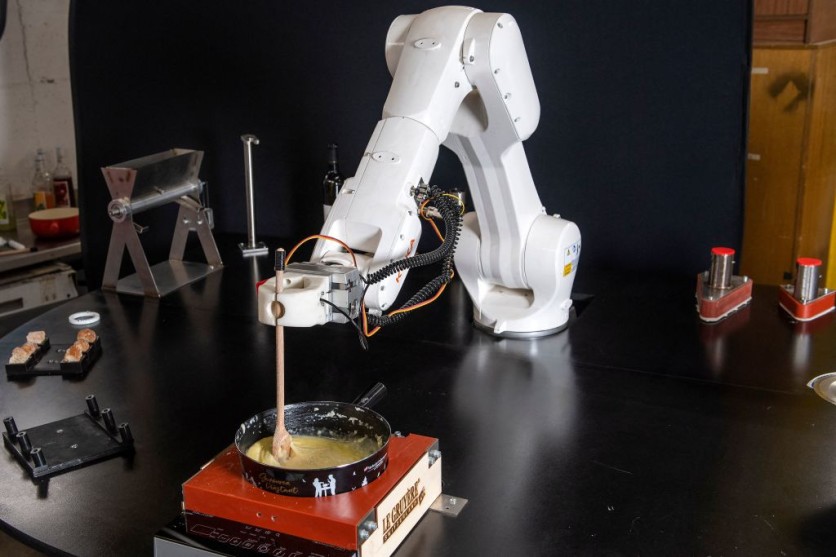Can you smell what AI is cooking? AI tools have been recently on the rise due to the popularity of OpenAI's viral chatbot ChatGPT. With millions of people gradually adopting such tools worldwide, AI is also slowly penetrating various fields. But what happens if we can have a ChatGPT-like tool for cooking?
Researchers at the Georgia Institute of Technology's College of Computing have created ChattyChef, a dataset that utilizes natural language processing models to assist users in cooking recipes. By employing the large language model GPT-J, ChattyChef engages in cooking dialogs with the user, ensuring that recipes are followed correctly.
The team presented their AI system titled "Improved Instruction Ordering in Recipe-Grounded Conversation" at the Association for Computational Linguistics annual meeting and published their findings in arXiv.

Creating an AI Chef
While other researchers have speculated upon the concept of an AI chef, Georgia Tech's work represents a significant advancement in the field. Duong Le, a Ph.D. student in the School of Interactive Computing, claimed that their research team was among the pioneers in addressing the challenges of utilizing large language models to create an AI chef.
The team noted that previous attempts at using language models for cooking purposes had faced difficulties in understanding user intent and tracking the progress of the recipe conversation.
GPT-J has struggled to comprehend the user's next step and provide precise answers to clarification questions regarding ingredients or cooking times. To overcome these challenges, the researchers incorporated two essential features into their model.
First, user intent detection enables the system to determine the user's current goal from a predefined set of possibilities, such as requesting the next instruction or seeking ingredient details.
Second, instruction state tracking accurately identifies the specific step in the recipe conversation the user is currently on, achieving an 80% accuracy rate. By combining these features, ChattyChef introduces the third innovation of response generation.
User intent helps generate the most suitable response to address the user's queries, while instruction state ensures that only relevant parts of the recipe are included, avoiding confusion or overwhelming the user with unnecessary steps during the cooking process.
WikiHow Recipes
The ChattyChef dataset is constructed using WikiHow recipes that have received positive ratings and consisted of less than eight steps.
To determine the best instructions to include in the dataset, the researchers employed crowdsourcing, where individuals role-played scenarios demonstrating how they would utilize ChattyChef.
The researchers believe that the advancements achieved with ChattyChef extend beyond cooking and can be applied in various fields, such as repair manuals or software documentation.
The features developed in this AI system can potentially revolutionize how users interact with instructions and enhance their overall experience in a wide range of practical applications. And it may only be a matter of time before AI asks, "what's cooking?"
Related Article : Are Talking Spaceships Coming Soon? NASA to Revolutionize Space Exploration with AI-Powered ChatGPT-Like Interface

ⓒ 2025 TECHTIMES.com All rights reserved. Do not reproduce without permission.




